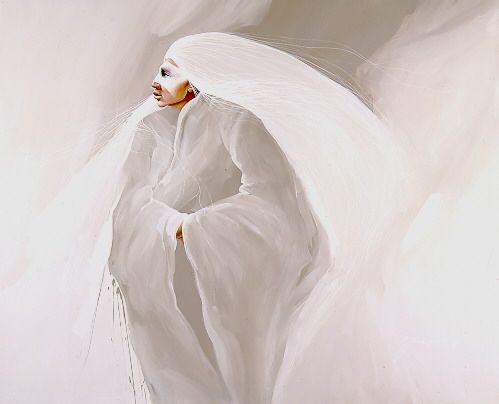by: Patti Jo King
Forty years of uncompromising traditional music recording
TAOS, N.M. - In 1966, Tony Isaacs and his wife, Ida, opened a small arts and crafts shop next to their home in Taos. Over the next 41 years, that shop, Indian House, became an important connection for Indians across the nation to find traditional Native music recordings. It all started with Tony's passion for authentic Indian music.
Back in the 1940s, 14-year-old Isaacs purchased a 78 rpm Soundchiefs recording of a Plains drum group in a Los Angeles record store. His purpose was to learn an Indian song for his Boy Scout troop. Surprised by the complexity of the music, he began buying more records and trying to learn all he could about the music's structure.
In 1954, he visited the Flagstaff Pow Wow and, in 1956, the Anadarko Exposition.
''I was completely bowled over,'' he said. ''I was learning the music from old 78s. Those recordings were mostly a couple of guys playing a drum and singing, but at the pow wows I saw maybe 25 guys singing around the drums. I could hear and feel the power of the music for the first time. It was thrilling.''
One of the first things Isaacs noticed was the way dancers in the arena instinctively stop on the last beat of the song.
''There were 200 dancers,'' he recalled. ''Every one of them, young or old, knew how to stop dancing on the last beat of the song. I was puzzled. How did they know when to end?'' He asked different drummers how they knew when the song was going to end. He said they all gave the same answer. ''Don't know. You can just tell.'' That was when he realized that the music is an inherent part of the people who grow up in and around it.
Read more here: http://www.indiancountry.com/content.cfm?id=1096415450
Thursday, July 26, 2007
Subscribe to:
Post Comments (Atom)





No comments:
Post a Comment